While redoing some teaching material for a hybrid EMR course, I needed to update how blood pressure measurement is represented during the lecture portion. There is always some inconsistency in how instructors convey the essential knowledge behind the skill and how it is understood and operationalized by students during the hands-on sessions. I made a set of graphics to clarify the process behind the numbers and the sounds.
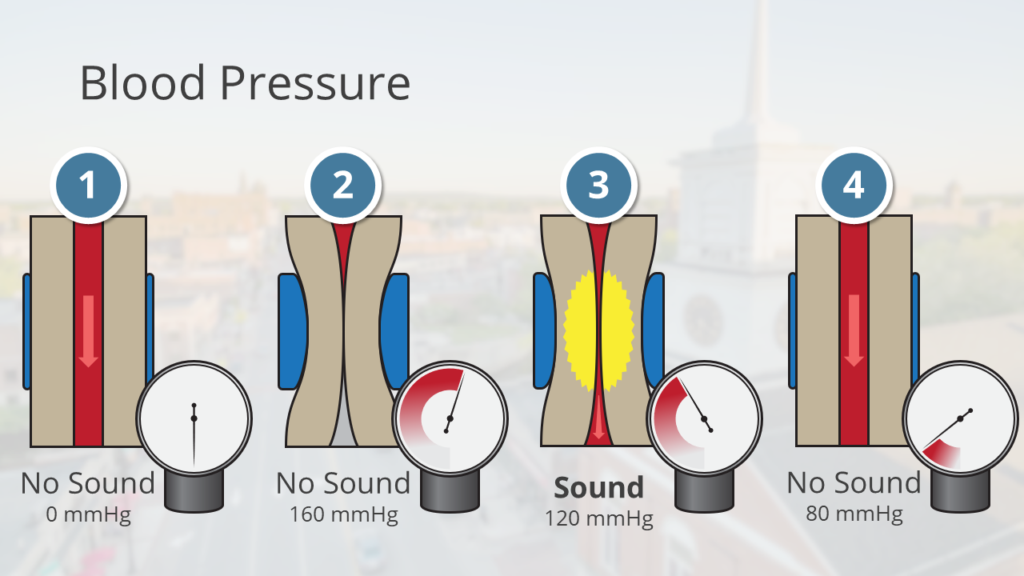
- When blood flows through your arteries, it does not usually make a sound.
- When there is no pressure inside the blood pressure cuff, it is not squeezing the artery and you will not hear the sound of blood rubbing against the vessel walls.
- As the pressure inside the blood pressure cuff increases, it squeezes the arm and the artery inside.
- When the pressure from the cuff is higher than the pressure inside the artery, the artery is squeezed closed.
- No blood is flowing past the blood pressure cuff, and no sound is made.
- When the pressure in the cuff is the same as the pressure inside the artery during a heartbeat (systolic pressure), a little bit of blood can get past with each heartbeat.
- When blood squeezes past the blood pressure cuff, it rubs against the artery’s walls and makes a noise.
- If you’re listening to the artery below the level of the blood pressure cuff, you will hear the sound.
- These whooshing sounds are called Korotkoff sounds.
- When the pressure inside the cuff is the same as the blood pressure between heartbeats (diastolic pressure), the blood will no longer rub against the artery walls.
- The whooshing sound will disappear.
These images are provided as transparent PNG files for use in presentations. If you want the vector graphic version of these files, contact me!
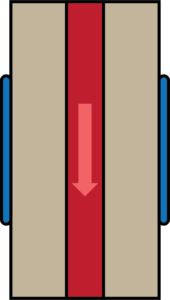
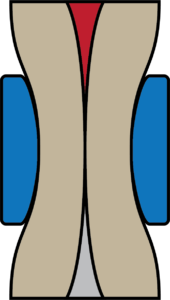
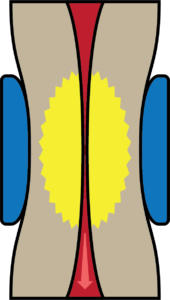




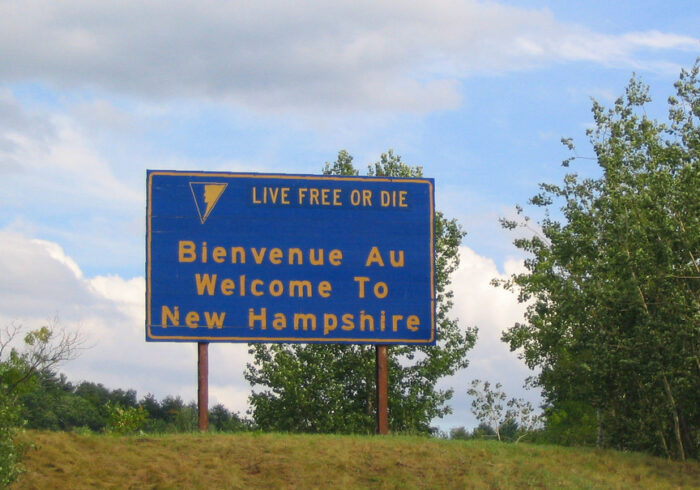
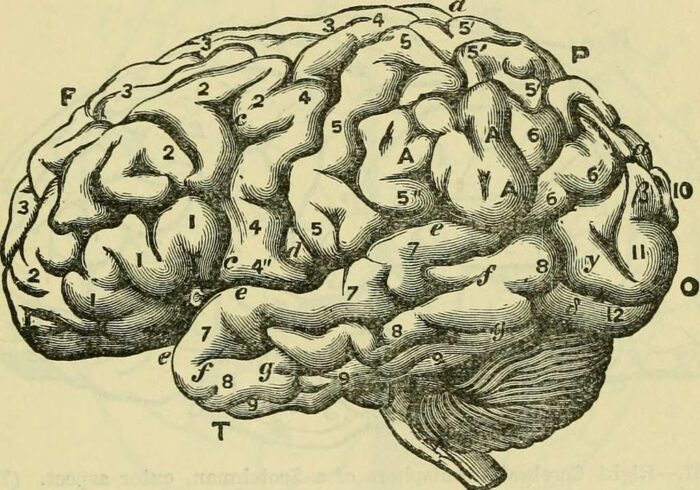
Hello, my name is Henry Cortez I am an EMS educator at South Texas College. I would like to use the graphics on my next bp lecture. Thank you very much.
Hey I am an EMT instructor with the Air Force reserve vector graphic version of those files.